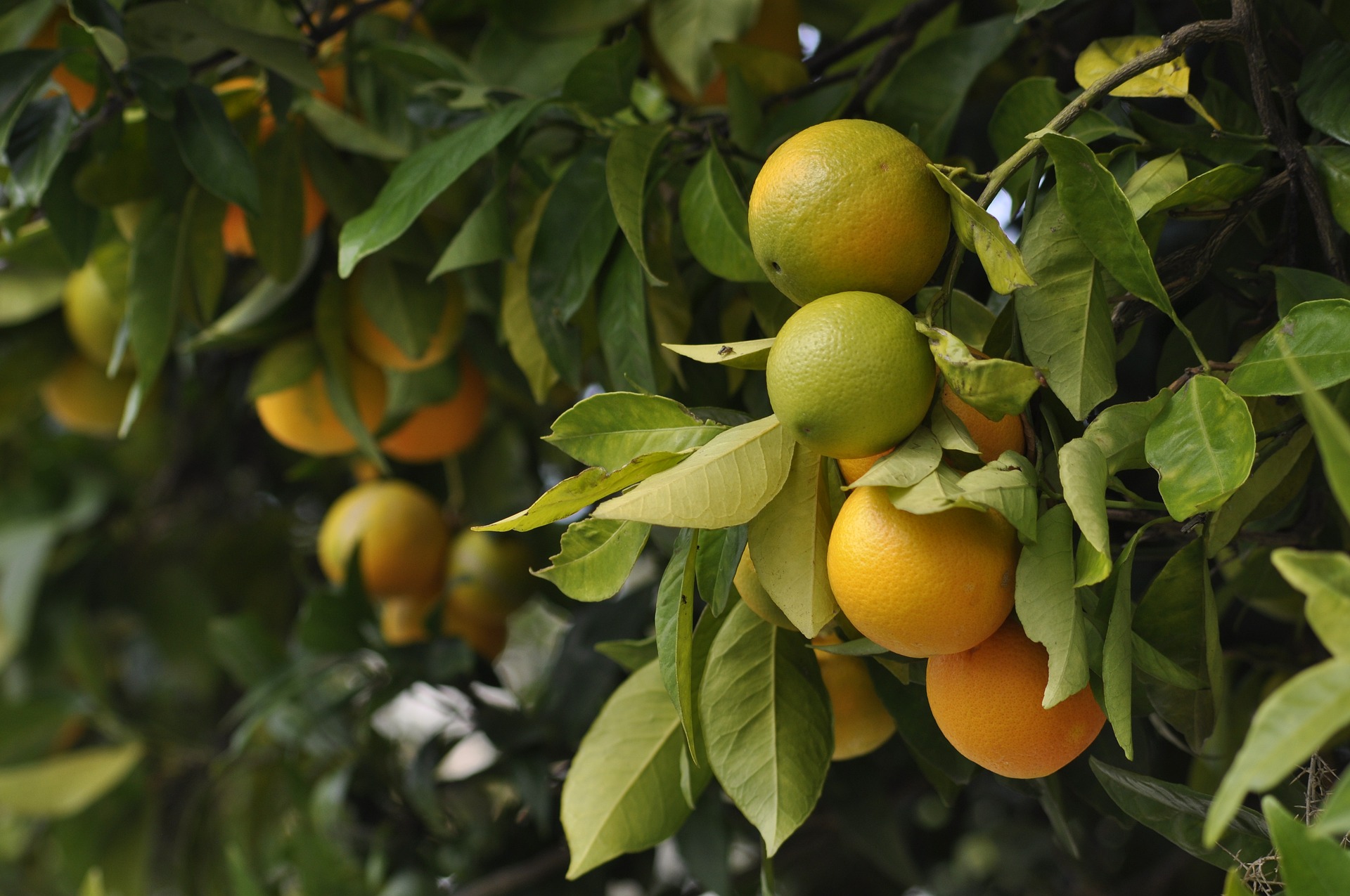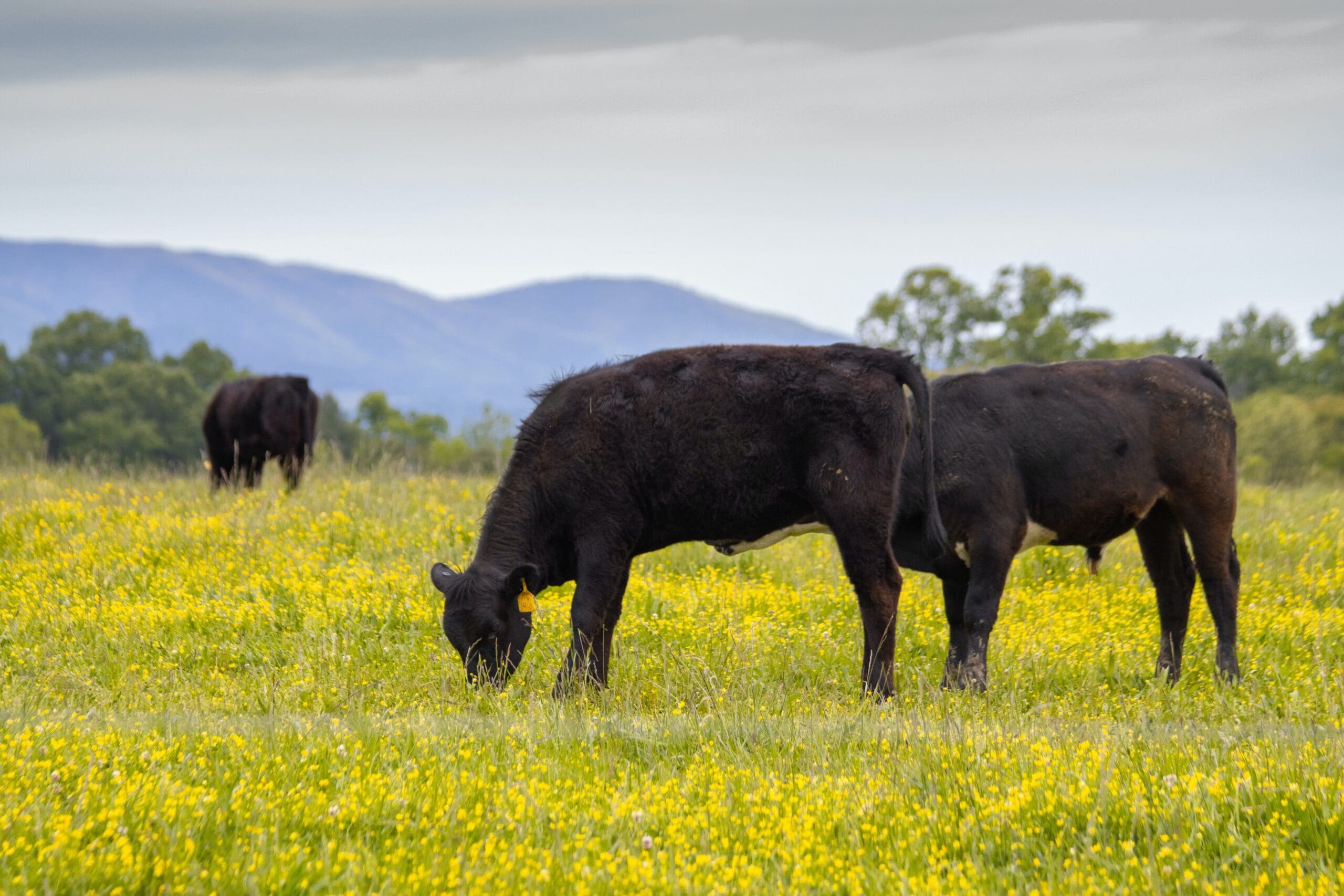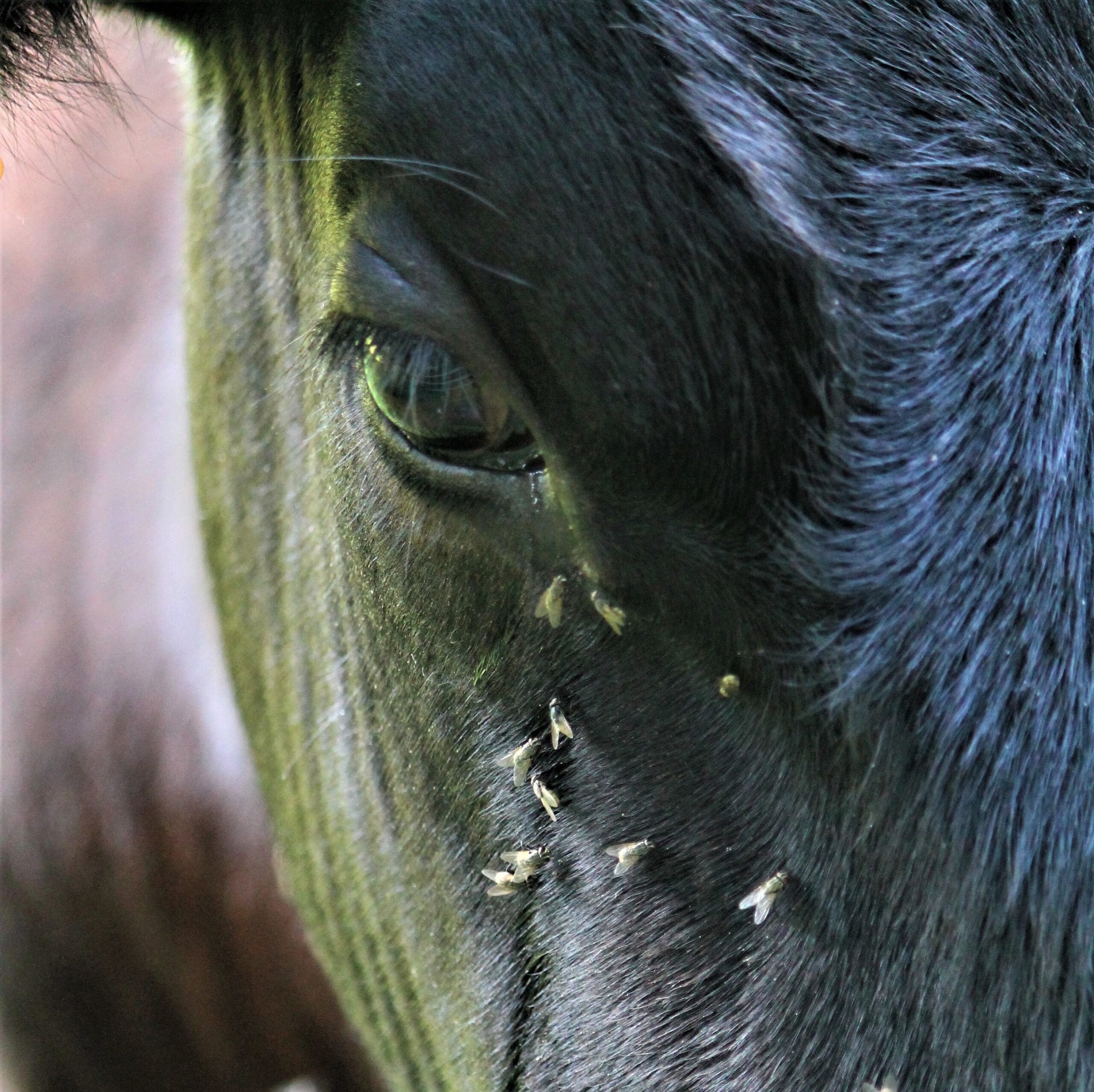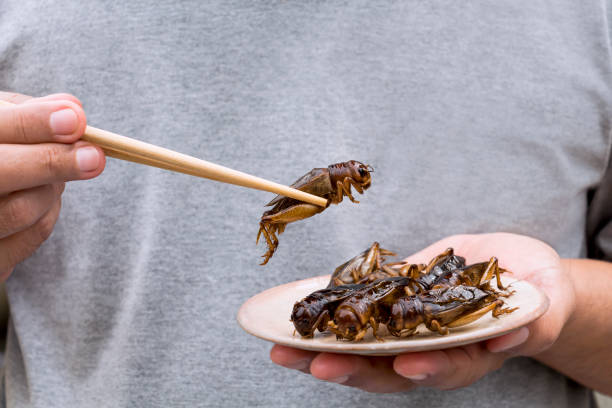
The New Varieties Development and Management Corporation (NVDMC) is ensuring that Florida citrus growers are staying competitive in the produce industry by providing new varieties of citrus. The NVDMC was created in 2005 to provide these new varieties for growers, but they still rely on Florida growers to search for naturally occurring varieties in local groves. Partnering with UF/IFAS has given the NVDMC an opportunity to provide growers with...

One common Best Management Practice (BMP) for cattle operations is rotational grazing. This is the act of moving cattle from pasture to pasture to avoid overgrazing of one area. A report was done by the United States Department of Agriculture (USDA) Economic Research Service to find the adoption rate of rotational grazing practices in cow-calf operations. This report found that 40 percent of these operations are using rotational grazing, while...

Pinkeye in cattle is highly contagious and can lead to blindness and impair weight gain in calves, which can lead to negative economic impacts in the beef industry. Scientists at the University of Nebraska-Lincoln and United States Department of Agriculture (USDA), Agricultural Research Service (ARS) revealed that there are two different variants of the bacterium that is known to cause pinkeye in cattle. Scientists Working on Prevention...

With the vegetarian population and flexitarian diets becoming popular, the market for plant-based meat products has been rising. However, concern of the nutritional value and the long ingredient list for these products has been rising too. Compared to animal-based proteins, these plant-based options are highly processed and full of additives such as heme, which is an additive that makes the plant-based options look like they are bleeding when...

Over 47 million birds have died from infections and culling from avian influenza this year, according to a new report from Reuters. As Thanksgiving is rounding the corner, export bans and lowered egg and turkey production are causing supply issues and higher prices. Rosemary Sifford, chief veterinary officer for the Department of Agriculture, says, “Unfortunately, what we’ve done probably hasn’t been enough to protect us from this high...

The Mississippi River water level has reached the lowest it has ever been, -10.77 feet. This lack of water has made importing and exporting vital agricultural commodities a serious challenge as fewer barges are able to make their way down the river, and they are having to lighten their loads by 17-38% to keep from bottoming out. The U.S. Army Corps of Engineers have kept traffic flowing by dredging, but new challenging spots in the river can...

Protein from insects such as crickets, grasshoppers, ants, mealworms, and black soldier flies is being used to create various nutritious food products. By 2027 the insect protein market will reach 3.3 billion US Dollars as it is becoming popular with younger generations for sport nutrition. Some of these bugs are edible on their own, but others are being ground up and made into bars and cookies.

American Farmland Trust (AFT) announced a partnership with Edelen Renewables and Arcadia last Tuesday. To protect America's farmland and ranchland, the Farmers Powering Communities is using solar energy to combat climate change. They are bringing this renewable energy to communities where it is not readily available or places that do not have access to rooftop solar panels. This will begin in 2023 across a number of states that already have...

Over 90% of Puerto Rico's crops were destroyed as Hurricane Fiona hit the island as a Category 1 hurricane on September 17, 2022. Agriculture is an important aspect of the island, and some of the plants that were blown over did not lose their fruit, so farmers can still harvest and export the fruit if they have the correct equipment to get to their fields. The main crops that are grown are rice, sugar, cane, coffee, and corn.

The Economic Research Service (ERS) through the United States Department of Agriculture (USDA) reported in 2021 the number of households with children that were experiencing food insecurity was at a 20 year low. In 2020, 14.8 percent of households were food insecure, while in 2021 this number dropped to 12.5 percent. Food insecurity in children was 7.6 percent in 2020 while it was down to 6.2 percent in 2021.










